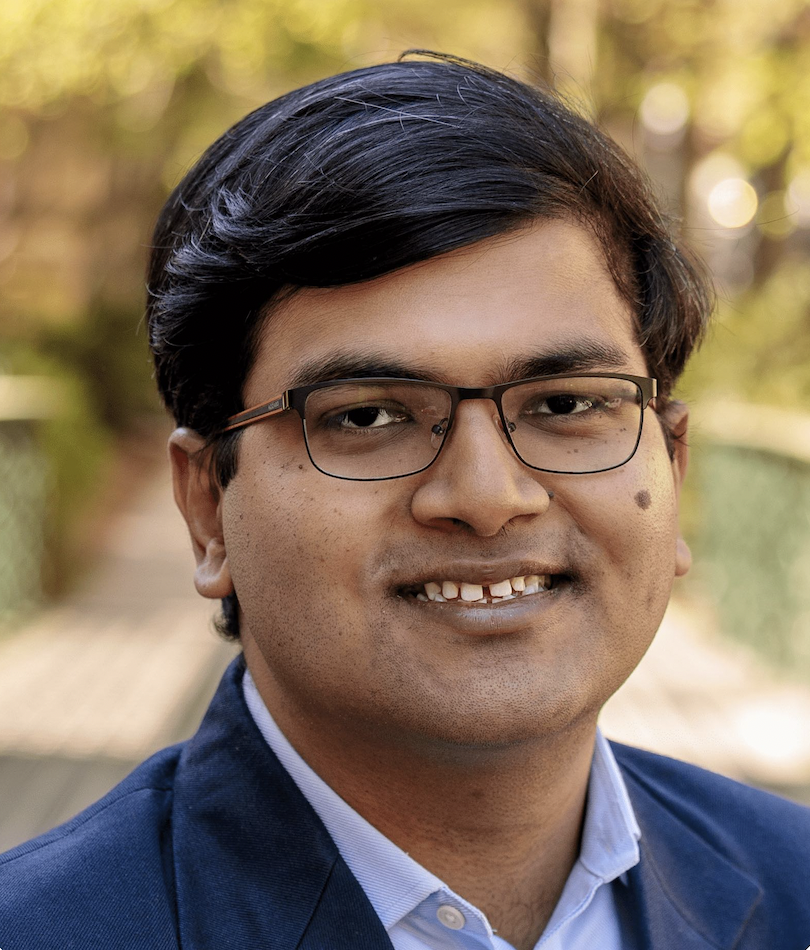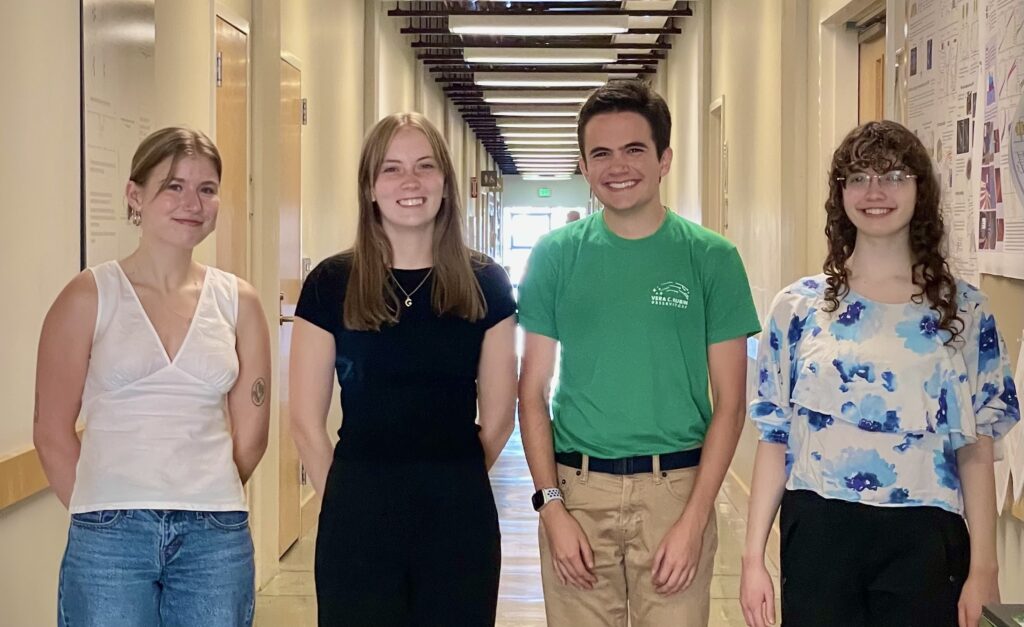
Welcome back to campus as we embark on a new academic year! I hope you all had a great summer and are ready to dive into your studies and research.
This summer was a vibrant time for the DiRAC community, marked by significant research endeavors. I’m excited to highlight some of this research: Aritra Ghosh’s groundbreaking paper, published in August, explores the fascinating relationship between galaxies in dense environments and the effects of their surroundings. Using machine learning techniques, Aritra analyzed 3 million galaxies observed by the Subaru telescope and conclusively showed that galaxies with many neighbors are larger than their more isolated counterparts — an observational result that contradicts current theoretical expectations. If you haven’t had a chance to read it yet, I highly encourage you to do so!
Additionally, I’m thrilled to welcome our new DiRAC members who have joined us this quarter: Prof. Nora Shipp, Astronomy Assistant Professor and new addition to the DiRAC Faculty; Dr. Peter Ferguson, the 2024 DiRAC Postdoctoral Fellow; Dr. Arpit Arora, a postdoc studying galactic dynamics and dark matter; and Michael Tauraso, Software Engineer with the LINCC Frameworks. They bring a diverse set of interests and skills to our team, just in time for LSST. With Nora, Arpit, and Peter joining us, I look forward to DiRAC playing a major role in near-field cosmology in the upcoming years.
As always, we’re striving to make this academic year a productive and inspiring one, filled with learning and discovery. But this year will be special: after nearly two decades of R&D and construction, the Rubin Observatory is entering its commissioning phase in early November and will begin the largest survey of the universe in mid-2025. Expect to read more about it on these pages over the next few months, as the first data starts to arrive.
Welcome to the year of discovery, and follow us as we strive to understand the universe!
Warm regards,
Mario Juric
DiRAC Director



